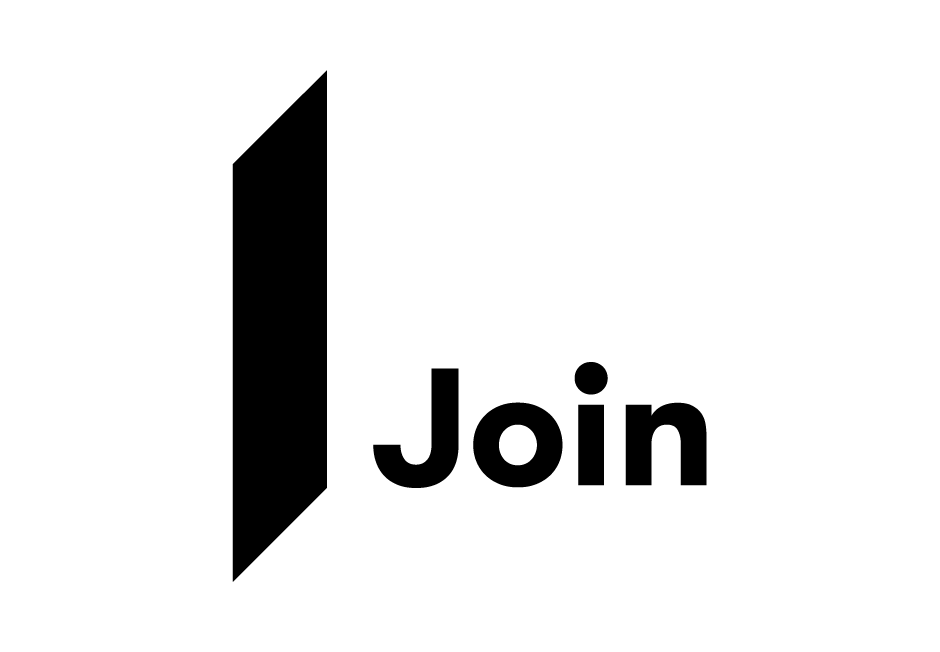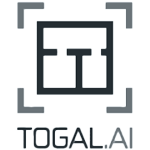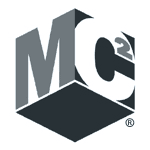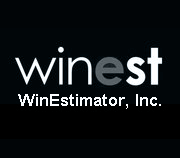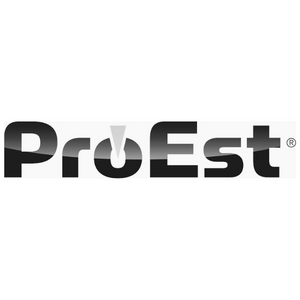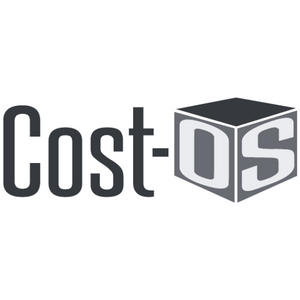How to Build Well-Rounded Construction Estimators
“Over the past decade, the global workforce has been continually evolving because of a number of factors. An increasingly competitive business landscape, rising complexity, and the digital revolution are reshaping the mix of employees. Meanwhile, persistent uncertainty, a multigenerational workforce, and a shorter shelf life for knowledge have placed a premium on reskilling and upskilling. The shift to a digital, knowledge-based economy means that a vibrant workforce is more important than ever: research suggests that a very significant percentage of market capitalization in public companies is based on intangible assets—skilled employees, exceptional leaders, and knowledge.” -McKinsey & Company
Crunching numbers just won’t cut it anymore.
To be a valuable employee, one that keeps their job, you need to hone more than just your cost estimating skills. With new trending delivery methods like integrated project delivery and target value design, it is important to be a well-rounded estimator.
What does well-rounded mean in this context? Well, it means that you need to know more than just the estimating process. You need to learn how to manage the process, manage people, scheduling, and technology. It means to be knowledgeably engaged in the entire process.
Trent Isaacson, Vice President of Preconstruction at Layton Construction, says at Layton they have begun to build a more rounded individual who isn’t just focused solely on just doing estimating tasks.
When you bring in operations, design, owners, and even subs to the precon table, knowing a little bit of every aspect of the building process, the better collaboration you will have resulting in better project decisions and outcomes.
John Reich, Beck Technology Customer Success Leader says, “A well-rounded estimator understands that projects are more than cost/budget. Cost is a vital piece to any successful construction project, but it is only a piece. The best precon professionals can balance cost with schedule, quality, safety, aesthetics/design, and client management to guide a project through a successful precon process.”
The Why:
Continuing your education and training not only improves an individual’s performance but the performance of the entire company. Knowing more makes you a more valuable employee who is less likely to lose their job in an economic downturn, it helps you establish your company’s brand and reputation as an industry leader, and it motivates and engages workers.
John says, “Estimators (and Precon Managers) need to take the time to back away from the day-to-day churn and train themselves for the long haul. Sacrificing a day of takeoff to train soft skills or brush up on the latest technology advancements will pay off tenfold in the future.”
The What:
We all know that if you try to be the jack of all trades, you’ll be the master of none. It’s a great way to be not great at anything. Focus on your strengths—what you are naturally good at (besides problem solving) and learn the skills you need to be successfully well-rounded, like taking the time to learn the tech stack your company uses.
Tim Browne, the CEO of global design firm IDEO says to think of it as becoming the “T-shaped” professional. This is one who knows a wide range of ability but specializes in one. In your case, that’s estimating the cost of a project. But, as Trent suggests also knowing scheduling, managing people, managing the project, and knowing the technology that drives it all.

The How:
Jan Beran, who was an estimator for a general contractor before joining Beck Technology as a Senior Implementation Specialist says:
“I think both technical and leadership training as well as some cross-training with other teams is very important. Here's what I tried to encourage out of our leadership when in industry:
A typical estimator will probably work between 2,200-2,750 hours in 2023. Setting an expectation that 5% (100+ hours/year, or 2 hours average per week, over the course of a year) of their on-the-clock time is geared toward formal personal and professional growth in the above areas will pay dividends. But it can't stop there. The requirements need to be set - and tracked - to carry their learning forward to their day job.
Before they set out to a conference or sign up for a lunch-and-learn, set the expectation:
- Attend courses that interest you and may be relevant to the business.
- self-direction is key to adult learning,
- and the 'may' is important, as it enables curiosity within
- Bring two ideas/changes back for how you can employ what you learned in the
- understand the concepts enough to pitch them to your team/
- outline a general implementation
- expect to implement one of the two changes based on team/department/management decision
- Bring back one change you want to make in your personal work (a 2% better model)
- incorporate this into your regular performance
- express to your manager how this change has helped you perform better on the job or in”
What this all comes down to is money. (Doesn’t it always?) A well-rounded estimator brings much more to the table than just the cost of a building. And you’ll see the results. A well collaborative team can increase the company’s profitability 21%.

-1.png?width=112&height=112&name=image%20(4)-1.png)

